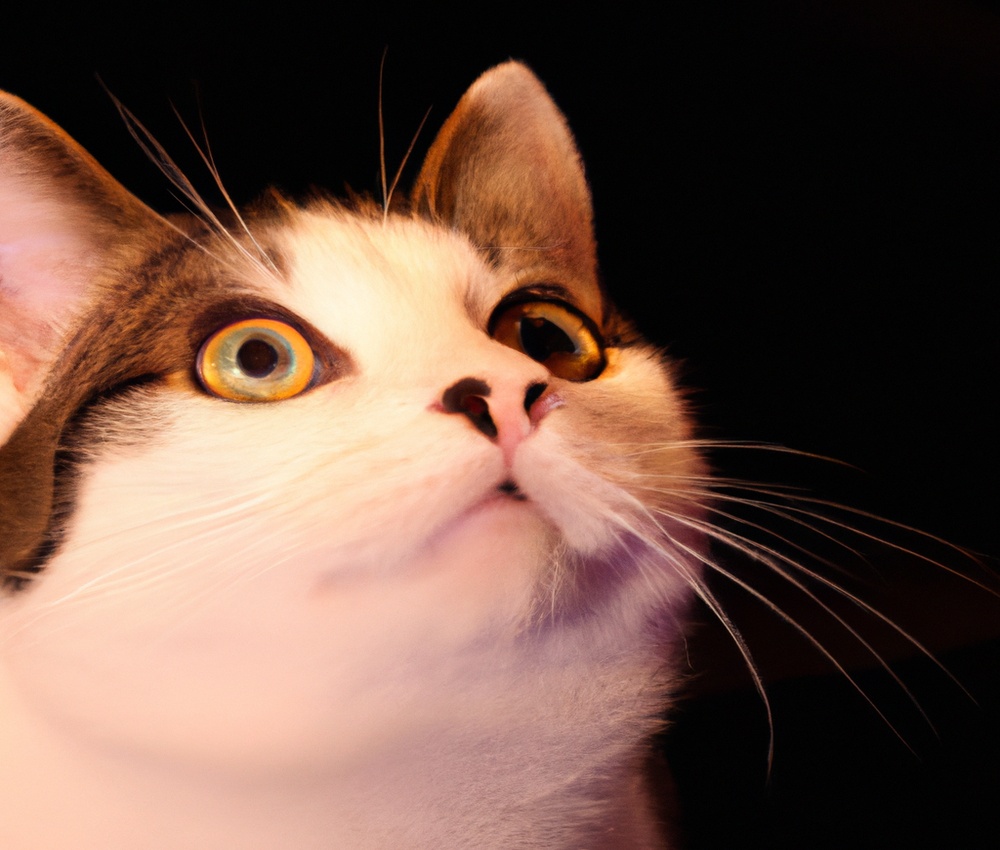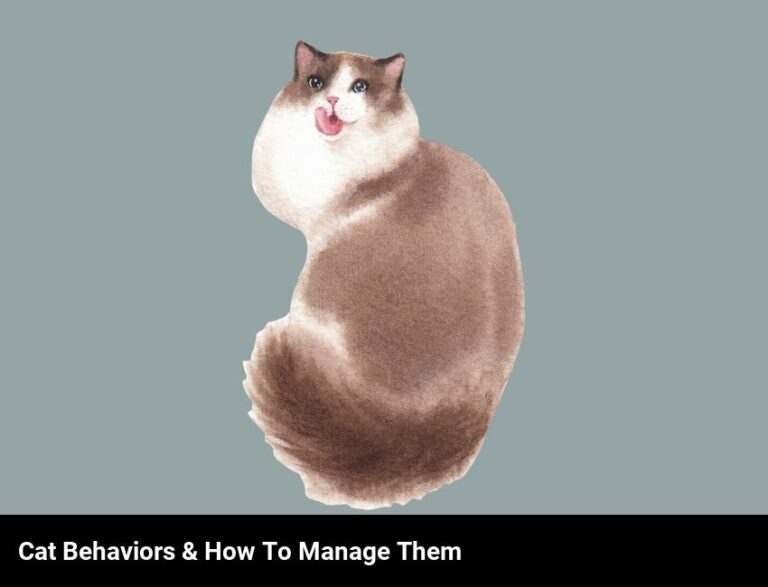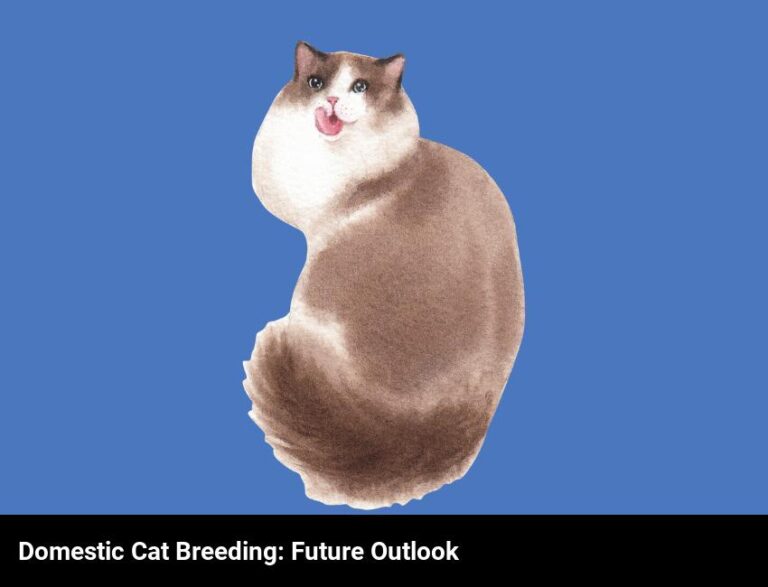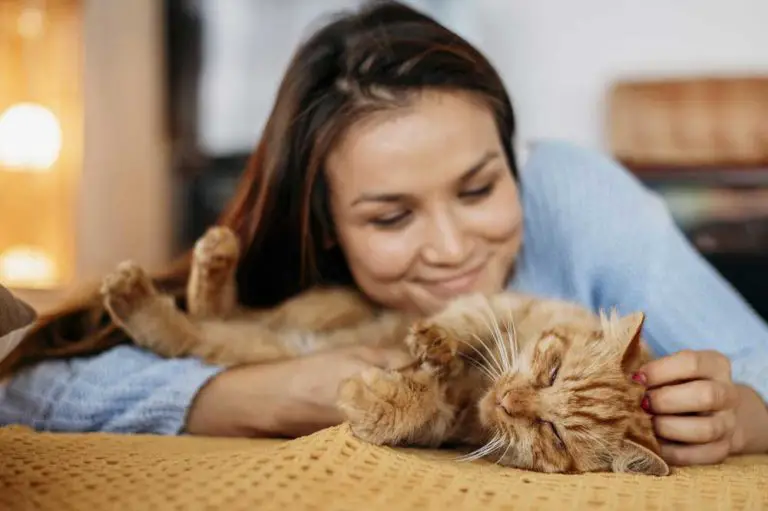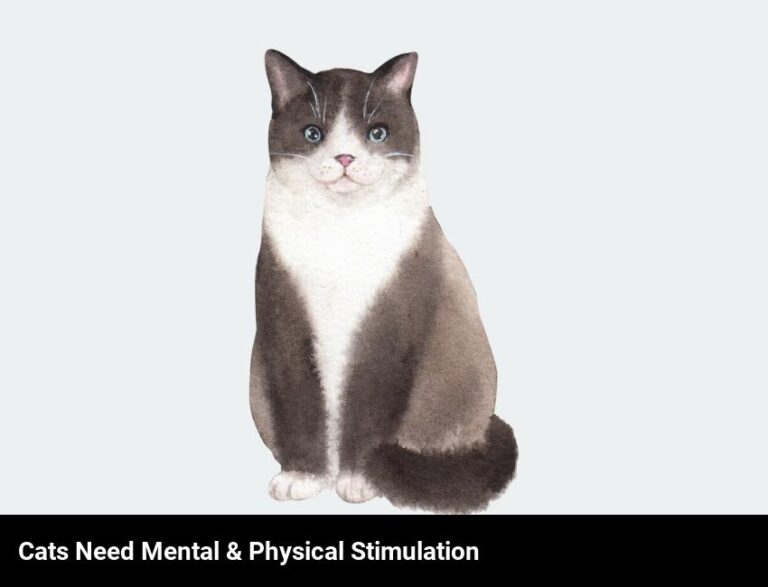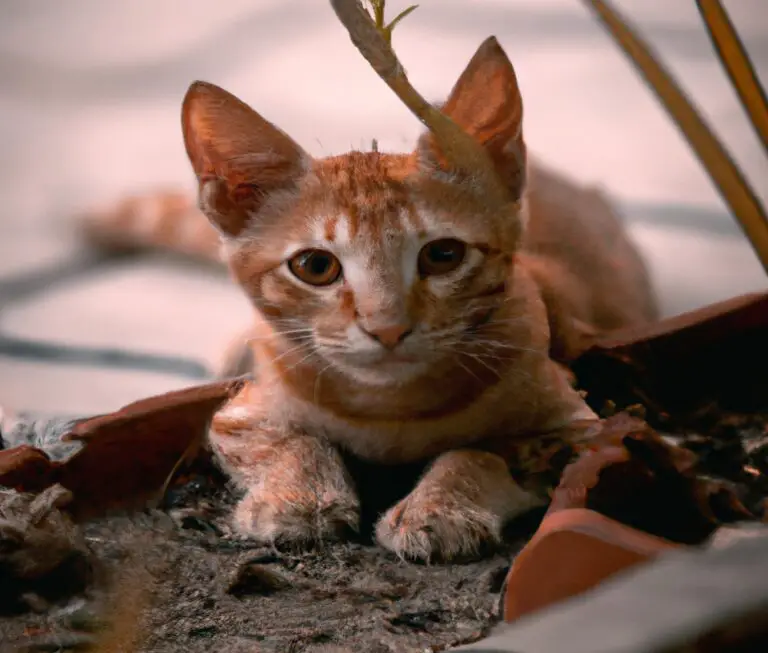Can Cats Feel The Scruff Of Their Neck?
Key Takeaways:
- Cats can feel the scruff of their neck, which is a sensitive area for them.
- The scruff of the neck is commonly used by mother cats to carry and manipulate their kittens.
- Sensitivity to the scruff of the neck can vary among cats and may influence their reactions to touch.
- Gently touching or grabbing a cat’s scruff can sometimes trigger a natural response in them to go limp and become more submissive.
Have you ever wondered if cats can actually feel the scruff of their neck? It’s a question that has intrigued cat owners and enthusiasts alike.
Well, the answer is not as straightforward as you might think.
As a cat expert, let me take you on a journey to understand the significance of the scruff and its role in a cat’s life. From the importance of the scruff to how mother cats use it to handle their kittens, we will explore the fascinating world of feline anatomy and behavior.
So, grab a cup of tea and join me on this enlightening adventure!
| Question | Yes | No |
| Can cats feel the scruff of their neck? | ✓ |
Understanding the Scruff of a Cat’s Neck
The scruff of a cat’s neck is a unique and sensitive area that plays a crucial role in their anatomy and behavior.
The Importance of the Scruff
The scruff of a cat’s neck serves an important purpose. It’s a sensitive area that allows mother cats to carry their kittens.
It can also be used for restraint in veterinary situations.
When an adult cat is picked up by the scruff, it triggers a natural response to relax and go limp, making it easier to handle. However, it’s important to note that the scruff should only be used for restraint when necessary and by someone with experience.
Mishandling the scruff can cause pain and discomfort for the cat.
So, if you ever need to handle a cat by the scruff, make sure to do it gently and carefully.
Anatomy of a Cat’s Neck
The anatomy of a cat’s neck plays a vital role in their mobility and flexibility. The neck consists of seven vertebrae, allowing cats to move their head and neck in various directions.
Their neck also contains muscles, tendons, and a unique structure known as the scruff or nape.
The nape is the loose skin on the back of a cat’s neck, which is often used by their mother to carry them when they’re young. It’s important to understand the anatomy of a cat’s neck to ensure their overall health and well-being.
The neck should be handled with care to prevent any discomfort or injury for your feline friend.

The Role of Scruff in Mother Cats
Mother cats use the scruff of the neck to carry their kittens.
Maternal Care and Kittens
Maternal care is crucial for the well-being of kittens.
Mother cats provide various forms of care, including grooming, nursing, and protection.
They use their tongues to clean the kittens, stimulating circulation and bonding.
Nursing provides essential nutrients for growth and development.
Mother cats also teach kittens important skills like hunting and social interaction.
It is fascinating to observe how mother cats instinctively care for their young, ensuring their survival and preparing them for adulthood.
How Mother Cats Carry Their Kittens
Mother cats carry their kittens by gripping them firmly around the scruff of their neck using their teeth. This allows them to safely transport their offspring from one place to another.
The loose skin at the scruff of a kitten’s neck is designed to support their weight without causing harm.
This instinctual behavior helps mother cats keep their kittens secure and close by. It’s a natural and effective way for mother cats to care for and protect their young.
Why Do Mother Cats Carry Kittens by the Scruff?
Mother cats carry their kittens by the scruff of the neck for several reasons. Firstly, it allows the mother to easily transport her kittens from one place to another.
The loose skin on the back of the neck is specifically designed for this purpose.
Secondly, carrying the kittens by the scruff helps to stimulate their sense of security and reassurance. The kittens instinctively relax when carried in this manner.
Lastly, it allows the mother to discipline her kittens.
She can use the scruff to gently correct their behavior if needed. Overall, the scruff serves as a natural and convenient way for mother cats to care for their young.

Scruff Sensitivity in Mother Cats
Scruff sensitivity in mother cats is a vital aspect of their caregiving behavior. The scruff of a cat’s neck is a sensitive area, and mother cats use it to carry their kittens.
They grasp the scruff gently to move their young safely.
This action triggers a natural instinct in kittens to go limp, allowing their mothers to transport them easily. Scruff sensitivity helps mother cats ensure the safety and well-being of their offspring.
The Scruff of the Neck and Cat Handling
When handling a cat, it’s important to understand the role of the scruff of their neck.
Picking Up Cats by the Scruff
Picking up cats by the scruff is a technique commonly used by cat owners and veterinarians. It involves gently grasping the loose skin on the back of a cat’s neck and lifting them up.
This method is primarily used on kittens, as their mothers would carry them this way.
However, it’s essential to handle adult cats with care, as lifting them solely by the scruff can cause discomfort or injury. It’s best to support their weight with your other hand or use alternative handling methods for adult cats.
Is It Safe to Pick Up Cats this Way?
Is It Safe to Pick Up Cats this Way? When it comes to picking up cats, it’s important to ensure their safety and comfort.
While some cats may tolerate being picked up by the scruff of their neck, it is generally not recommended.
This method can cause discomfort, stress, and potential injury to the cat. Instead, it’s best to handle cats using proper techniques.
Here are some safe ways to pick up cats:
- Support the cat’s body: Place one hand under their chest, supporting their front legs, and use the other hand to support their hindquarters.
- Use a towel or blanket: If a cat is resistant to being picked up, you can try using a towel or blanket to gently scoop them up while providing a sense of security.
- Gradual familiarization: If your cat is not accustomed to being picked up, it’s crucial to slowly acclimate them to the experience. Start by offering treats and positive reinforcement while gradually introducing lifting and holding them in short increments of time.
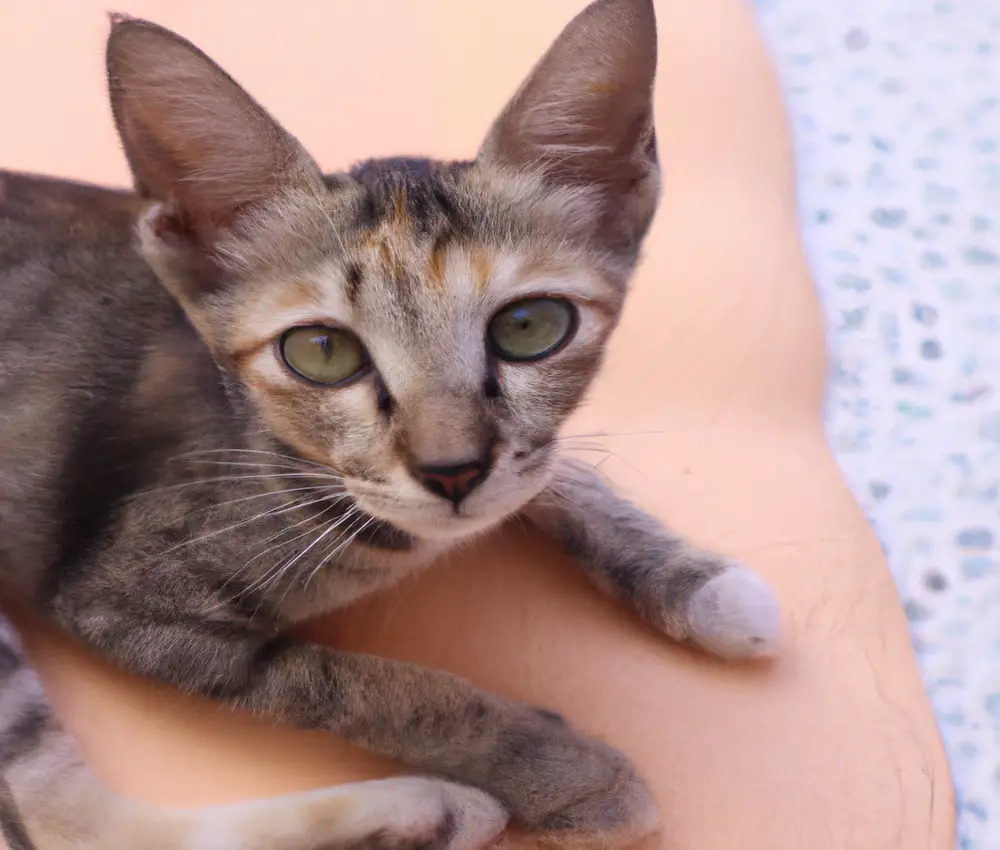
Other Methods of Handling Cats
Other Methods of Handling Cats There are alternative ways to handle cats besides the scruff of their neck.
Here are a few options:
- The “Kitty Burrito” method: Gently wrap your cat in a towel, leaving only their head exposed. This can help calm and restrain them during procedures like nail trims or administering medication.
- The “Lion Hold”: Place one hand on the cat’s scruff and the other under their hind end, supporting their weight. This method works well for larger cats and allows you to control their movements while keeping them secure.
- Using a towel or blanket: Wrap your cat snugly in a towel or blanket, leaving their head out. This can help calm an anxious or aggressive cat and prevent scratching or biting during handling.
Remember, it’s essential to handle cats with care and respect their individual comfort zones.
Understanding different handling techniques can make veterinary visits or grooming sessions less stressful for both you and your feline friend.
Scruff Sensitivity in Adult Cats
Scruff sensitivity varies among adult cats. Adult cats do have nerve endings in the scruff of their neck.
Nerve Endings in the Scruff
Nerve endings in the scruff of a cat’s neck are highly sensitive and play a significant role in their behavior. These nerve endings allow cats to sense pressure, touch, and discomfort, making the scruff a vulnerable area.
It’s important to handle a cat by the scruff gently, if necessary, to avoid causing them distress or discomfort.
Being aware of the sensitivity of the scruff can help ensure that we handle our feline friends with care.
Can Cats Feel Pain in the Scruff?
Yes, cats can feel pain in the scruff of their neck.
The scruff, or loose skin on the back of a cat’s neck, contains nerves and sensitive tissues.
If a cat is experiencing pain or discomfort in that area, it can cause them distress.
It’s important to handle cats gently and avoid grabbing or pulling on their scruff to prevent causing them unnecessary pain.
Cats should be handled with care and given appropriate medical attention if they show signs of pain or discomfort in the scruff.
Behavioral Reactions to Scruff Touch
Behavioral reactions to scruff touch in cats can vary.
Some cats may display signs of discomfort or fear when their scruff is touched, such as hissing, growling, or trying to escape.
Others may become more relaxed and submissive, potentially even going limp, known as “scruffing.” It’s important to approach scruffing with caution and only do it when necessary, as it can be stressful for some cats.
What Does Scruff Sensitivity Mean?
Scruff sensitivity refers to a cat’s ability to feel touch and pressure on the scruff of its neck.
Scruff Sensitivity as a Survival Mechanism
Scruff sensitivity is a crucial survival mechanism for cats.
It refers to their ability to feel the gentlest touch or pressure on the scruff of their neck.
This sensitivity allows mother cats to carry their kittens safely, with minimal discomfort to the kittens.
Additionally, scruff sensitivity helps adult cats defend themselves by gripping and immobilizing prey or escaping from potentially dangerous situations.
This natural instinct aids in the survival and protection of cats in various environments.
So, it’s an important adaptation for their well-being.
Scruff Sensitivity and Trust in Humans
Scruff sensitivity refers to a cat’s ability to feel touch or pressure on the scruff of their neck. It is a natural instinct in cats, especially among kittens, who are often carried by their mothers using this grasp.
When a cat feels safe and trusts humans, they may allow them to touch their scruff without reacting negatively.
Building trust is important as it can help develop a bond between a cat and their human, leading to a more positive and harmonious relationship.
Frequently Asked Questions
Can I pick up any cat by the scruff of the neck?
Can I pick up any cat by the scruff of the neck? No, you should not pick up any cat by the scruff of the neck.
This technique is primarily used for handling newborn kittens by their mother.
It can cause discomfort or harm to adult cats. Instead, use gentle and proper techniques to handle them, such as supporting their weight with your hands.
Cats have different preferences for being handled, so it’s best to approach each cat with care and respect their individual boundaries.
Is it harmful to scruff a cat?
Scruffing a cat can be harmful and should be avoided if possible.
Cats have delicate necks, and scruffing can cause pain, discomfort, and even injury.
It can also lead to behavioral issues, as the cat may associate negative experiences with being handled in that way.
Gentle and positive handling techniques are recommended to ensure the well-being and trust of your cat.
How do I handle a cat that dislikes being touched on the scruff?
If your cat dislikes being touched on the scruff, here’s how you can handle it:
- Respect their boundaries: Cats, like humans, have personal preferences when it comes to touch. If your cat doesn’t enjoy being touched on the scruff, avoid doing so to prevent any discomfort or stress.
- Opt for alternative methods: Instead of touching the scruff, try petting your cat on areas they enjoy, such as their head, chin, or back. Observe their body language to learn their preferred spots.
- Positive reinforcement: Reward your cat with treats or praise when they allow you to touch them in a way they’re comfortable with. This helps create positive associations and build trust between you and your furry friend.
- Seek professional guidance: If the issue persists or becomes problematic, consider consulting a veterinarian or a professional cat behaviorist. They can provide specific advice tailored to your cat’s needs.
Remember, every cat is unique, and it’s essential to understand and respect their individual boundaries. By being patient, observant, and adaptable, you can find ways to connect with and bond with your cat on their terms.
Are there any other sensitive areas on a cat’s body?
Cats have several other sensitive areas on their bodies.
One commonly sensitive spot is their belly.
Many cats don’t like their bellies touched, as it can make them feel vulnerable.
The area around their ears is also quite sensitive, so be gentle when handling or touching that area.
Additionally, their paws and tail are sensitive too.
Cats may not appreciate having their paws or tail handled roughly, so it’s important to approach these areas with care.
Will my cat enjoy being touched on the scruff?
Cats generally do not enjoy being touched on the scruff.
While it may be necessary for mothers to carry their kittens by the scruff, adult cats do not appreciate this sensation.
It can make them feel uncomfortable or even frightened.
Instead, focus on petting your cat in areas they enjoy, such as under the chin or behind the ears.
This will help you develop a positive and enjoyable bond with your furry friend.
Final Verdict
The scruff of a cat’s neck holds great significance in their lives.
It plays a crucial role in maternal care, as mother cats use it to carry their kittens and establish a bond.
While picking up a cat by the scruff can be safe, it’s important to handle them gently and support their body properly.
The scruff is a sensitive area with many nerve endings, so it’s essential to be mindful of a cat’s comfort and preferences.
Understanding a cat’s sensitivity to the scruff can deepen trust and strengthen the human-animal bond.

